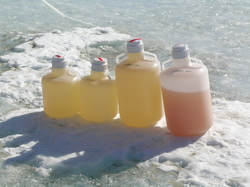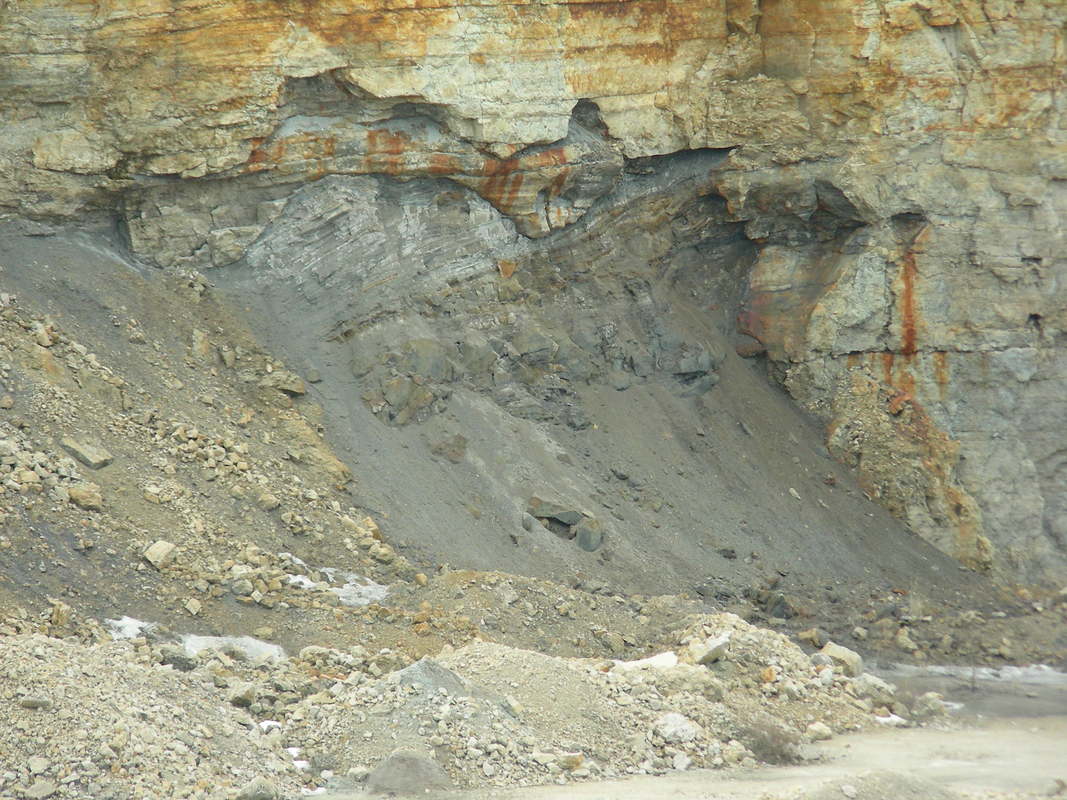|
ASTROBIOLOGY
OGL will build a very high pressure experimental system allowing to train selected Archeae and Bacteria to grow in the conditions of Titan's liquid water ocean - up to eight times the pressure of the deepest part of Earth's ocean. First, organisms will be trained to grow at very high pressure; then at the temperatures and chemical conditions of Titan's liquid water ocean. This research is conducted in collaboration with Professor Meyer-Dombard (UIC). Our experimental system will allow for multiple experiments to be run in parallel for long periods of time. The project integrates lipid analysis, genomics and proteomics in an effort to determine the controls of the evolution of membrane lipids under very high pressure and cold temperatures.
This project is funded via the "Habitability of hydrocarbon worlds: Titan and beyond" a NASA Astrobiology Institute based at the Jet Propulsion Laboratory (05/2018-04/2023). [Image credit: NASA/JPL-Caltech/Space Science Institute. View of Titan in front of Saturn. Cassini Huygens mission] |
PALEOBIOLOGYArchean sediments of Timmins (Canada): Are Archaean biomarkers myth or reality?
Collaborating with Luke Handley in the UIC Department of Chemistry, and using his full spectrum laser desorption with laser postionization-mass spectrometer (fs LDPI-MS), we will map organic compounds in Late Archaean samples from the Abitibi Greenstone Belt in Timmins Ontario, Canada. These samples were previously studied by Todd Ventura (see Ventura et al. 2008 PNAS 104, 14260-14265) so we have a good view of the existing contaminants and the compounds having potential for being Archaean. Using fs-LDPI-MS we will will be able to determine what represents original biomarkers and what represents post-depositional contamination in these 2.65 billion year old sediments. This project forms the basis of Joey Pasterskli's Ph.D. thesis. This project is funded by the NASA Exobiology program. |
BIOGEOCHEMISTRYMetabolomics: Metabolomics is the study of metabolites for the purpose of identifying active processes in an ecosystems. This approach is applied to the cold brine (-13.4 ˚C) of Lake Vida (Victoria Valley, Antarctica), in which a very slow growing microbial ecosystem was characterized (Murray et al. 2012). This project will integrate metabolomics, metagenomics. and geochemistry; it is carried out by Luoth Chou as part of her Ph.D. research.
ENVIRONMENTAL and FORENSICNatural attenuation and toxicity of parking and road crankcase oil stains: This project is led by Muna Zabarmawi and forms the basis of her PhD research. Muna Zabermawi receives a fellowship from the Kingdom of Saudi Arabia.
|
|
PALEOKARSTS and SEDIMENT FILLS in the ORDOVICIAN of ILLINOIS
The Paleokarsts and Sediment Fills project is driven by Roy Plotnick (UIC) and Fabien Kenig (UIC) with the collaboration of Andrew Scott (Royal Holloway, UK) and Ian Glasspool (FMNH at the time; now Colby College). This project led to many publications in the field of paleobotany, stratigraphy, and paleobiogeochemistry because of the excellent, uncompressed preservation of plant fossils and the remarkable preservation of plant and arthropod tissues. We are continuing to monitor quarries of North East Illinois for paleokarst features.
PALEOCEANOGRAPHY
Biomarker reconstruction of water column structure and dynamics: Upper Devonian- Lower Mississippian of North America. This a long running project in the laboratory, with previous studies of the Cenomanian-Turonian Western Interior Seaway, and now a concentration on the frequency of photic zone anoxia in the depositional centers of intracratonic basins of North America during Upper Devonian-Lower Mississippian.
|





